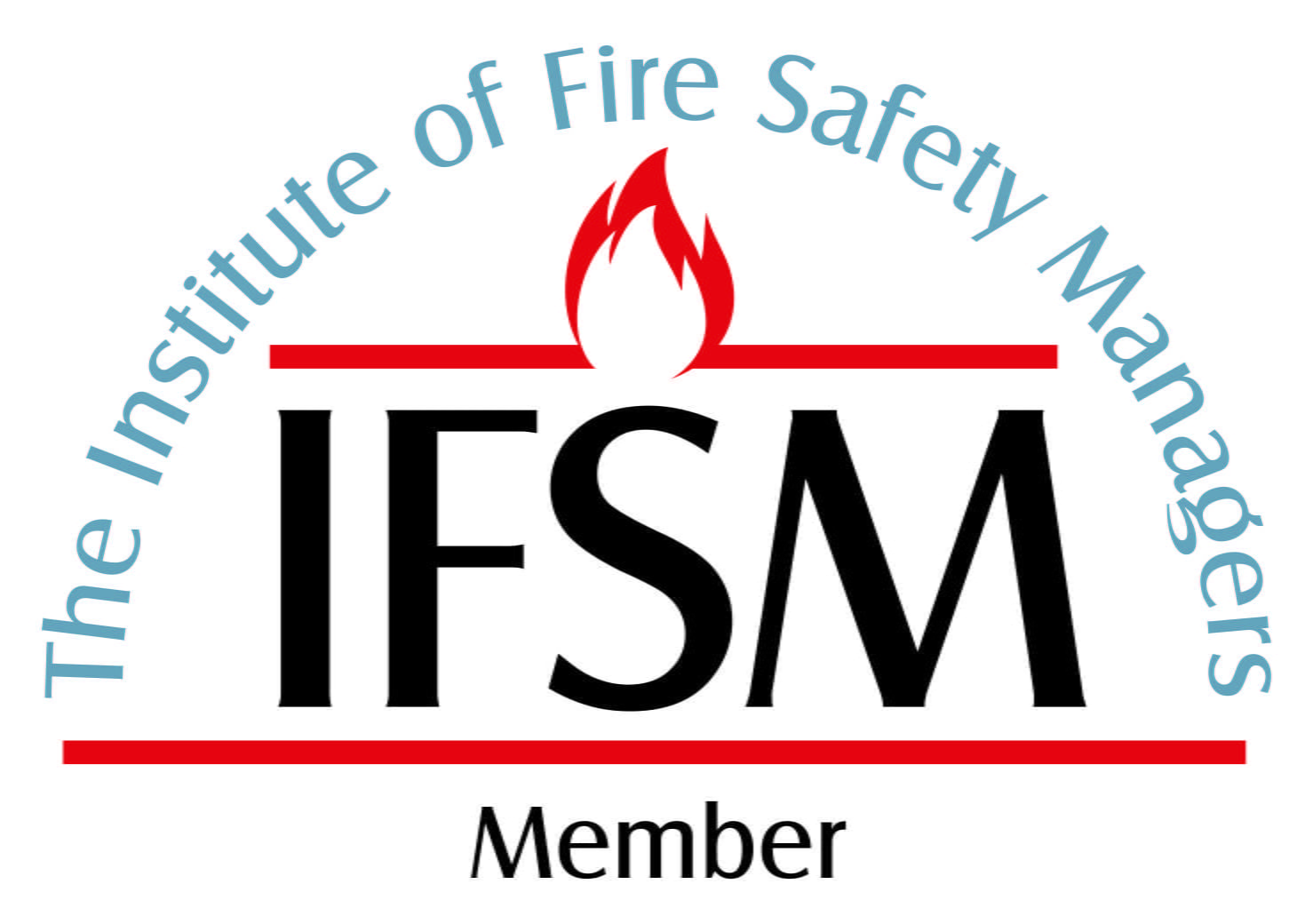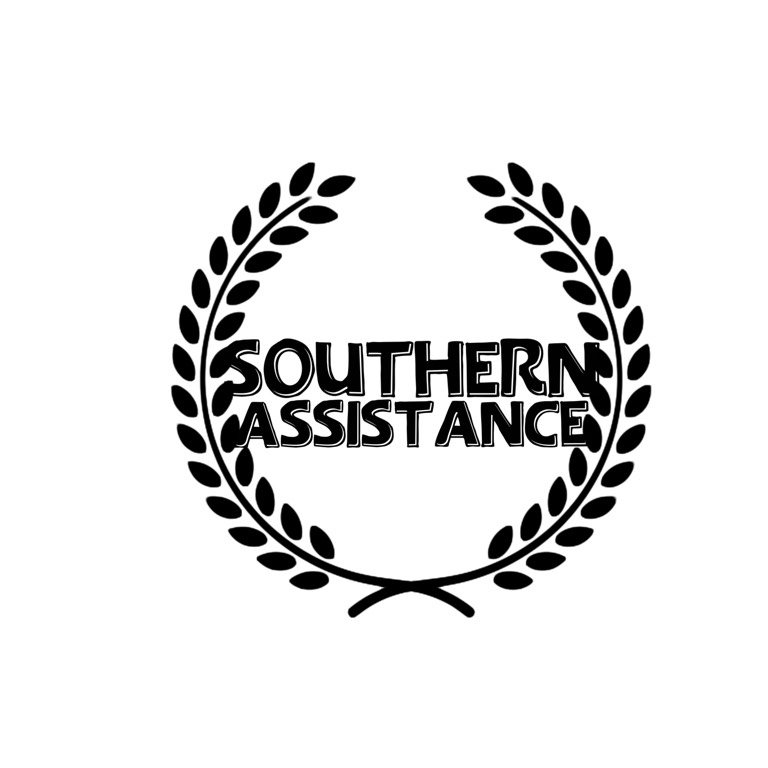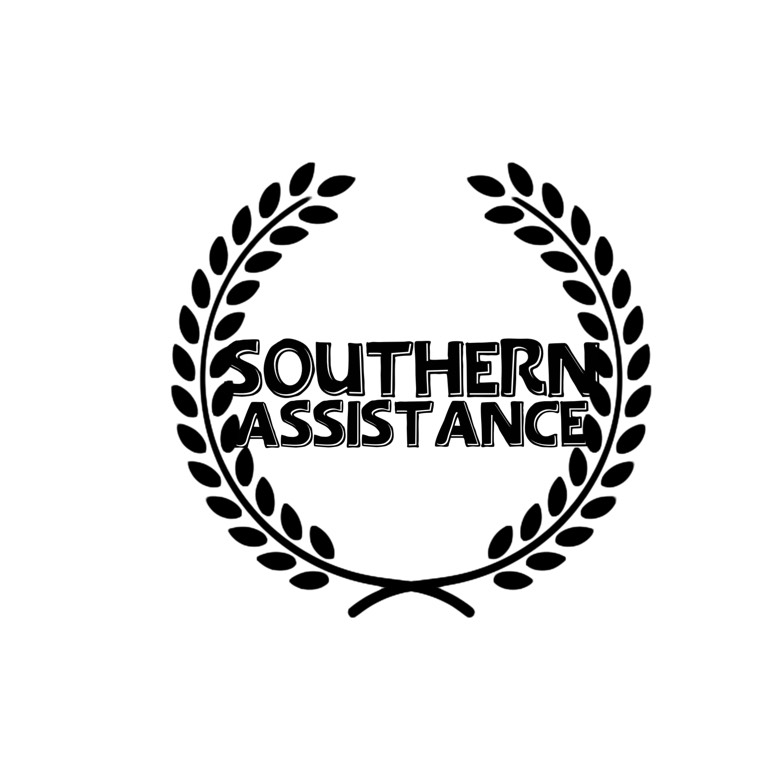Information
-
Client / Site
-
Address of the Premises
-
Legal entity for responsibility.
- Residents Management Company
- Right to Manage Company
- Freeholder - Private Individual
- Freeholder - Company
- Head Lease
-
Assessor
-
Date of Fire Risk Assessment
-
Suggested Date for Review (earlier review may be necessary)
Limitations of The Fire Risk Assessment
-
The findings of the fire risk assessment will be based upon the conditions found at the Premises at the time the assessment is to be carried out and on relevant information provided by the Responsible Person and\or their nominated representative.
The fire risk assessment is intended to assist the Responsible Person in complying with their responsibilities under the Regulatory Reform (Fire Safety) Order 2005. Whilst all reasonable enquiries will be made to gather relevant information on the Premises and the nature of its use, it must be understood that no dismantling of the building’s fabric or structure will be undertaken during the assessment. It is stressed that the assessment should not be regarded as a structural survey for fire safety purposes as such a survey should only be entrusted to a qualified building surveyor.
All services or penetrations traversing fire resisting compartments are not confirmed as being sufficiently fire stopped with fire resisting materials to the appropriate standard.
If fire compartments\fire dampers\voids (ceilings, floors or other voids) are considered inaccessible for safety reasons or any other reason and cannot be physically accessed or are outside the visual range of the assessor, technical comment on these areas cannot be provided.
If there are reasons to suspect the fire resistance within the Premises has not been sufficiently maintained the responsibility to provide this technical information rests with the Responsible Person\duty holder.
Although reference in the report is made to relevant British Standards, Codes of Practice and Guides the assessment will not, nor is it intended to, ensure compliance with any of the documents referred to in the assessment. However, deviations from generally accepted codes, standards and universally recognised good fire safety practice will be identified in the assessment.
Where changes to an assessment are required as a result of any such review the Responsible Person must make them.
The report relates to the conditions found at the time the assessment was carried out. No responsibility is accepted for any change in the conditions or circumstances relating to the premises prior to or after the Fire Risk Assessment has been undertaken. The report will highlight the Significant Findings (Recommended Action(s)) that the Fire Risk Assessor recommends based on the conditions found at the time of the assessment. It is the responsibility of the Responsible Person to ensure that any deficiencies found during the assessment and subsequently reported to the Responsible Person, by the Fire Risk Assessment report, are their responsibility to rectify to a satisfactory standard to meet the requirements of the Regulatory Reform (Fire Safety) Order 2005.
By signing for, by payment for services and\or acknowledgment of receipt of the report you accept full responsibility and accountability for implementing the findings of the report. It is wholly the responsibility of the Responsible Person\duty holder and\or his agent(s) (not the Fire Risk Assessor or Anthony James Consultancy Limited or its employees, agents, or subcontractors) to implement and maintain the Fire Precautions at the Premises to a satisfactory standard and condition to comply with the requirements of the Regulatory Reform (Fire Safety) Order 2005.
The report will be prepared based on the appearance and conditions found within the Premises at the time of the assessment; this includes the conditions and appearance of the premises, number of employees, other relevant persons, internal layout, the conditions within the curtilage of the Premises and information provided to the Fire Risk Assessor at the time of the assessment.
Failure to address and\or rectify any deficiencies mentioned in the report may result in serious harm, injury and or death to any relative person, employee, visitor, you or any other person in, on, within or without the perimeter of the Premises. Deficiencies highlighted in the report may be considered to be breaches of the Regulatory Reform (Fire Safety) Order 2005 and failure to address them and rectify them may result in prosecution by the enforcing authority.
Responsibility for the on-going management of the Premises and even, if necessary, the decision to allow the Premises to be used for its present purpose, and in its current condition remains with the Responsible Person.
Liability for management procedures including but not limited to, evacuation management, maintenance of firefighting equipment, maintenance of alarms, emergency escape lighting, and any other emergency related provisions does not, in any way remain with the fire risk assessor because the ongoing management of the Premises is not within the risk assessor’s control. Any faults or deficiencies in any emergency related equipment, staffing levels and\or staff training are the responsibility of the Responsible Person and\or the duty holder.
Portable or moveable items and\or items brought into the Premises are the responsibility of the Responsible Person and\or the duty holder.
Under the Regulatory Reform (Fire Safety) Order 2005 and the Management of Health and Safety at Work Regulations 1999 the Responsible Person\duty holder is to ensure that the Fire Risk Assessment is reviewed annually or when there is a significant change, material alteration, change in the use of the Premises, a change in working practices, or following any incident, including fire, which may affect the Fire Precautions of the Premises. The circumstances of the Premises may change over time and with use and\or occupancy, therefore, failure to review the fire risk assessment by the date indicated may mean that the fire risk assessment is no longer valid.
This Fire Risk Assessment is not a Health and Safety Report. A Health and Safety review should be conducted to ensure compliance with the Health and Safety at Work Act 1974. Compliance with all other legislation is the responsibility of the Responsible Person.
Anthony James Consultancy Limited (so far as it is legally entitled to limit and\or exclude such loss) accepts no responsibility for loss, damage or other liability arising from a fire, loss and\or injury due to the failure to observe the safety, observance and practises identified in this Fire Risk Assessment. The Responsible Person\duty holder will always remain responsible for the outcome of the Fire Risk Assessment and\or its review.
It is recommended that the fire risk assessment for this building is reviewed by the recommended review date unless the need for a more frequent review is identified. Failure to review the Fire Risk Assessment by the date indicated may mean that the fire risk assessment is no longer valid.
Fire risk assessment presentational conventions: recommendations are expressed in sentences in which the principal auxiliary verb is “should”.
Note
The fire risk assessment should be reviewed regularly or when there is a reason to suspect it is no longer valid, or there has been a significant change in the matters to which it relates including when the premises special, technical, and organisational measures, or organisation of the work undergo significant changes, extensions, or conversions.
Where changes to an assessment are required because of any such review the responsible person must make them.
Beyond the suggested review date this fire risk assessment may not be considered valid. A purchase order and standard terms and conditions contract were sent separately.
Assessment carried out by:
Mark Cunningham - MNAEA MIFSM MIRPM
Classification of Risks
-
Intolerable Risk
Due consideration has been given to the fire safety provisions, precautions, physical attributes, measures and management of fire safety in place at the time of this fire risk assessment. Areas for Immediate improvement were identified and subsequently the overall risk level was considered to be Substantial. Measures should be put in place as soon as reasonably practicable to improve the fire safety provisions, precautions and measures, physical attributes and management of fire safety to reduce the risk to a tolerable or trivial level.
Substantial Risk
Due consideration has been given to the fire safety provisions, precautions, physical attributes, measures and management of fire safety in place at the time of this fire risk assessment. Areas for Short Term improvement were identified and subsequently the overall risk level was considered to be Substantial. Measures should be put in place as soon as reasonably practicable to improve the fire safety provisions, precautions and measures, physical attributes and management of fire safety to reduce the risk to a tolerable or trivial level.
Moderate Risk
Due consideration has been given to the fire safety provisions, precautions, physical attributes, measures and management of fire safety in place at the time of this fire risk assessment. Areas for Medium Term improvement were identified and subsequently the overall risk level was considered to be Moderate. Measures should be put in place as soon as reasonably practicable to improve the fire safety provisions, precautions and measures, physical attributes and management of fire safety to reduce the risk to a tolerable or trivial level.
Tolerable Risk
Due consideration has been given to the fire safety provisions, precautions, physical attributes, measures and management of fire safety in place at the time of this fire risk assessment. Areas of minor improvement were identified and subsequently the overall risk level was considered to be Tolerable. Measures should be put in place to maintain this risk level and\or improve them to a trivial level.
Trivial Risk
Due consideration has been given to the fire safety provisions, precautions, physical attributes, measures and management of fire safety in place at the time of this fire risk assessment. No areas for improvement were identified and subsequently the overall risk level was considered to be of a satisfactory standard. However, the fire safety provisions, precautions, physical attributes, measures and management of fire safety in place at the time of this fire risk assessment should on-going, and these should be maintained to an acceptable standard.
Type of Assessment
-
Type 1 Common Parts Only (Non-Destructive)
-
Type 2 Common Parts Only (Destructive)
-
Type 3 Common Parts and Flats (Non Destructive)
-
Type 4 Common Parts and Flats (Destructive.)
Occupancy Type - These premises are considered to be:
-
General Needs -
-
Specialised
Relevant Legislation.
-
Relevant Fire Safety Legislation
The Fire Safety Act 2021 an act of the Parliament of the United Kingdom which arose out of the 2017 Grenfell Tower fire and relates to fire safety in buildings in England and Wales with two or more domestic residences, making changes to the Regulatory Reform Order 2005. It was sponsored by the Home Office.
The Building Safety Bill received Royal Assent on 28 April 2022, and has now completed all the parliamentary stages in both Houses to become an Act of Parliament – i.e. the Building Safety Act 2022 (the “Act”).
According to the Government, many of the measures included within the 262-page Bill are likely to take between a year and 18 months to introduce, as the Act will require the formation of secondary legislation to support actual implementation of the measures.
The Housing Act 2004
This Legislation is enforced by the Local Authority Council and Local Fire Authority depending on the construction and risk of the property.
The Licencing of Houses in Multiple Occupation (Prescribed Description) (England) Order 2018
This Legislation is enforced by the Local Authority Council
Other Applicable Legislation \ Guidance (Not an exhaustive list):
• Health & Safety at Work Act 1974
• The Management of Health & Safety at Work Regulations 1999
• The Electricity at Work Regulations 1989
• Gas Safety (Installation and Use) Regulations 1998 (GSIUR) as amended.
Approved Code of Practice and Guidance (which came into force 06.04.18).
• Workplace (Health, Safety and Welfare) Regulations 1992
Relevant British Standards.
-
BS 5839-1:2017 Fire detection and fire alarm systems for buildings. Code of practice for design, installation, commissioning and maintenance of systems in non-domestic premises.
BS 5839-1 provides recommendations for the planning, design, installation, commissioning and maintenance of fire detection and fire alarm systems in and around non-domestic premises. Anyone involved in the commissioning, installation, design and planning of fire alarm and detection systems will find this standard useful. BIP 2109:2020 is a book written to help users comply with the requirements in the British Standard.
BS 9999:2017 Fire safety in the design, management and use of buildings. Code of practice.
BS 9999 gives recommendations and guidance on the design, management and use of buildings to achieve reasonable standards of fire safety for all people in and around them. It also provides guidance on the on-going management of fire safety within a building throughout its entire life cycle, including guidance for designers to ensure that the overall design of a building assists and enhances the management of fire safety.
This British Standard is applicable to the design of new buildings, and to alterations, extensions and changes of use of an existing building. It can be used as a tool for assessing existing buildings, although fundamental change in line with the guidelines might well be limited or not practicable. The recommendations and guidance given in this British Standard are intended to safeguard the lives of building occupants and fire-fighters.
BS 5839-6:2019+A1:2020 Fire detection and fire alarm systems for buildings. Code of practice for the design, installation, commissioning and maintenance of fire detection and fire alarm systems in domestic premises. Part 6: Code of practice for the design, installation, commissioning and maintenance of fire detection and fire alarm systems in domestic buildings.
This British Standard is Part 6 in a short series on fire alarm and detection systems in buildings.
BS 5839-6:2019+A1:2020 gives recommendations for systems in both new and existing domestic premises to make them safer to live in. It gives recommendations on the planning, design, installation, commissioning and maintenance of fire detection and fire alarm systems in domestic premises that are:
• Designed to accommodate a single family
• Houses in multiple occupation that comprise several self-contained units, each designed to accommodate a single family
• Sheltered housing, including both the dwelling units and the common areas
The recommendations apply to both new and existing domestic premises and include recommendations for routine attention. BIP 2044:2020 is a book written to help readers comply with the requirements in the British Standard.
BS 5306-3:2017 Fire extinguishing installations and equipment on premises. Commissioning and maintenance of portable fire extinguishers. Code of practice.
BS 5306-3:2017 details best practice in how to install and maintain portable fire extinguishers. It provides recommendations for the initial commissioning of portable fire extinguishers, schedules for the subsequent maintenance of extinguishers installed in all locations, recommendations for handling certain obsolescent types of extinguishers, for which no maintenance schedules are provided and recommendations for the five levels of installation and maintenance.
BS 8214:2016 Timber-based fire door assemblies. Code of practice.
This standard gives recommendations for the specification, installation and maintenance of timber-based fire doors. It includes updated guidance associated with the sealing between the door assembly and the surrounding structure. The recommendations are applicable to timber-based hinged or pivoted pedestrian door assemblies or door leaves, fitted into frames of any material. BS 8214 reflects changes in the industry to meet its usability, particularly in relation to the installation and maintenance of fire doors and is particularly relevant to those who work in the fire performance and smoke control sectors.
BS 9991:2015 Fire safety in the design, management and use of residential buildings. Code of practice.
BS 9991 exists to help people put adequate fire safety measures in place in residential buildings. This includes fire detection and alarm systems and fixed fire-fighting systems. The standard applies to the design of new buildings, and to material alterations, extensions and material changes of use to existing buildings. It does not cover hotels, caravans/mobile homes, hospitals, residential care homes, places of lawful detention or hostels.
BS 9991:2015 also provides guidance on the ongoing management of fire safety in a building throughout the entire lifecycle of the building. This includes guidance for designers to ensure that the overall design of a building assists and enhances the management of fire safety. The recommendations and guidance given are intended to safeguard the lives of building occupants and fire-fighters.
PAS 79-1:2020 Fire risk assessment. Premises other than housing. Code of practice.
This PAS gives recommendations and corresponding examples of documentation for undertaking and recording the significant findings of fire risk assessments in non-domestic premises and parts of non-domestic premises for which fire risk assessments are required by legislation. Consequently,
PAS 79-1:2020 gives recommendations on how to carry out fire risk assessments that will protect the occupants of non-domestic premises, e.g. employees, contractors, visitors and members of the public, while the new
PAS 79-2:2020 gives recommendations for domestic premises.
This PAS will benefit fire safety professionals with knowledge of the principles of fire safety, who are either responsible for one particular organization’s fire safety assessment or work for consultancies providing fire risk assessments as a service.
BS 9990:2015 Non automatic fire-fighting systems in buildings. Code of practice.
BS 9990:2015 gives recommendations for non-automatic fire-fighting systems in buildings. It covers good practice in matters affecting the design, installation, testing and maintenance of such systems including wet and dry fire-fighting mains. It is important for the fire protection of a building to be considered as a whole. The provision of fire mains is an essential element of the fire protection systems in large and complex buildings due to the difficulties in providing water supplies at the point of use for fire-fighting and search and rescue. It is essential that these systems be carefully maintained to ensure instant readiness when required.
BS 7273-4:2015+A1:2021 Code of practice for the operation of fire protection measures. Part 4: Actuation of release mechanisms for doors.
This is the fourth in a five-part series of British Standards giving recommendations on how fire protection measures should operate. Part 4 (this part) deals with the mechanisms for opening doors that form part of the means of escape in a fire.
This standard covers the electrical control arrangements for activating mechanisms that unlock, release or open doors in the event of fire. It covers any building, including dwellings, unless otherwise stated. The standard gives recommendations for the design, installation, commissioning and maintenance of electrical control arrangements for actuation of mechanisms.
BS 7273-4:2015+A1:2021 applies to all aspects of the interface between these mechanisms and a fire detection and fire alarm system, including interfaces that incorporate acoustic coupling and radio transmission.
BS 9251:2021 Fire sprinkler systems for domestic and residential occupancies. Code of practice.
BS 9251:2021 covers recommendations for domestic sprinkler systems, includes residential and domestic buildings above four storeys or 18m and above, and has removed the parts that conflict with BS EN 16925. It gives recommendations for the design, installation, components, water supplies and backflow protection, commissioning, maintenance and testing of fire sprinkler systems installed for life safety purposes with additional benefits for property protection.
The Fire Risk Assessment
1 The Premises
-
Approx year of Construction.
-
Brief details of construction
-
Number of floors
-
Briefly describe External Wall Construction.
-
Is there is significant risk of fire spreading vertically or laterally.
-
Is there any type of cladding material used in construction?
-
Is an Independent EWS1 report recommended?
-
Add General Photos of Exterior
2 The occupants
-
Occupancy type.
- Owner Occupier
- mixed owner occupier/ private tenants
- private tenants
-
Describe ages of occupants. if known
-
Maximum number of occupants:
-
Personal Evacuation Plans required?
3 Previous Fire loss experience
-
Is there previous history of fire loss in the premises
4 Other relevant background
-
Is there a prohibition notice in place?
-
Is there an alteration notice in place?
-
Is there an enforcement notice in place?
-
Details of any other relevant information
5 Electrical sources of ignition
-
Are reasonable measures taken to prevent fires of electrical origin?
-
Is the fixed wiring installation periodically tested and inspected?
6 Smoking
-
Is the appropriate smoking prohibition notice displayed at the building's entrance?
-
Is smoking prohibited in the communal areas of the building?
7 Arson
-
Does the basic security against arson appear reasonable?
-
Is there sufficient control of unnecessary fire load in close proximity to the building or available for ignition by outsiders?
8 Lightning
-
Does the building have lightning protection system if required?
9 Other significant ignition sources that warrant consideration
-
List other significant ignition sources:
10 Housekeeping
-
Is the standard of housekeeping adequate?
-
Are combustible materials stored separatly from ignition sources?
11 Hazards introduced by contractors and building works
-
Is there sufficient control over works by contractors (e.g. Permits to work & hot works permits)?
-
Are fire safety conditions and instructions communicated to contractors?
12 Dangerous Substances
-
If dangerous substances are present on the premises have adequate measures bee taken to eliminate or reduce the risk to relevant persons
13 Means of escape
-
Is the building provided with adequate means of escape in case of fire?
-
Are there sufficient exits?
-
Are exits easily and immediately openable where necessary?
-
Do fire exits open in the direction of travel where necessary?
-
Are there reasonable distances of travel where there are alternative means of escape?
-
Are there suitable fire precautions for all inner rooms?
-
Are escape routes unobstructed?
14 Measures to limit fire spread and development.
-
Are linings that promote fire spread avoided as far as reasonably practicable?
15 Fire Doors
-
Are fire doors to appropriate fire resisting standards? Example FD30s - 44 mm thick doors. Max 4mm gap at base of door. Intumescent strip and brush installed.
-
Are fire doors fitted with intumescent strips and smoke seals?
-
Do all fire doors close fully and form a close fit in the opening?
-
Are fire doors in good condition?
16 Emergency lighting
-
Is there a reasonable standard of escape lighting provided?
17 Fire safety signs and notices
-
Are fire safety signs and notices suitable and sufficient?
18 Means of giving warning in the event of fire
-
If an automatic fire detection system is required is it provided and suitable?
-
If a manually operated fire alarm system is required is it provided and suitable?
-
If there is an alarm system is there remote transmission of alarm signals if required?
19 Manual fire extinguishing appliances
-
Is there suitable and sufficient provision of portable fire extinguishers if required?
-
If hose reels are required are they provided?
20 Relevant automatic fire extinguishing systems
-
Type of system:
-
Comments and observations:
21 Procedures and arrangements
-
Person responsible for fire safety:
- Residents Management Company
- Right to Manage Company
- Freeholder - Private Individual
- Freeholder - Company
- Head Lease
-
Is there a written Fire Emergency Plan in place?
-
Is the Fire Emergency Plan readily available to all occupiers/visitors/contractors.
-
Is the Fire Emergency Plan available to the enforcing authority?
-
Do routine in-house inspections of fire precautions take place?
22 Testing and maintenance
-
Is there six-monthly and annual testing of the emergency lighting?
-
Is there annual maintenance and testing of fire extinguishing equipment if required?
-
Is there annual inspection and testing of the lightning protection system?
-
Is there annual testing of wet/dry risers?
-
Other relevant inspection and testing
23 Records
-
Are there records of fire alarm tests?
-
Are there records of emergency lighting tests?
-
Are there records of maintenance and testing of other fire protection systems?
-
Electrical Report
-
Asbestos Report Report
-
Emergency Lights Report and Maintenance
-
Fire Alarm (if applicable) Report and Maintenance
-
Lightening Conductors Report
-
Dry/Wet Risers
-
General Health & Safety Review
RISK RATING, EXECUTIVE SUMMARY & RECOMMENDATIONS
-
Overall Risk Rating
-
Evacuation Type Stay Put / Simultaneous Evacuation
-
Summary of Risks Identified
-
Executive Summary: This Fire Risk Assessment is made under the requirements of The Regulatory Reform (Fire Safety) Order 2005, which came into force on 1st October 2006. This assessment and summary reflects the fire precaution arrangements, occupancy and use of the premises at the time of the audit. The assessment should be made available for inspection by any authorised person and should be reviewed on a regular basis or whenever any structural / material changes take place in the building or any other change that may affect this risk assessment.
-
Add pictures of identified risks/












